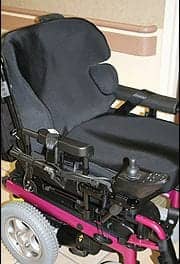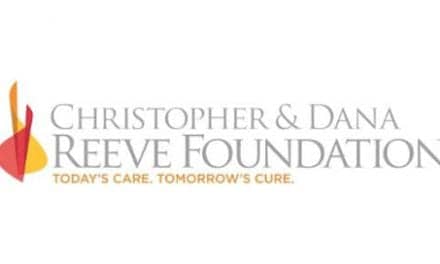Last Updated: 2007-11-29 14:12:19 -0400 (Reuters Health)
NEW YORK (Reuters Health) – The results of a study published in the November issue of the Archives of Pediatrics and Adolescent Medicine suggest that the addition of an exercise training program to standard care in children and adolescents with cerebral palsy improves physical fitness, participation level and quality of life.
Dr. Olaf Verschuren, of Rehabilitation Center "De Hoogstraat," Utrecht, and colleagues conducted a randomized, controlled trial with children with cerebral palsy recruited from four schools for special education in the Netherlands to evaluate the effects of an exercise training program on aerobic and anaerobic capacity. The 86 subjects were between 7 and 18 years old during the study, which was conducted between June 2005 and October 2006.
The trial ran for 8 months, with two training sessions per week, each lasting 45 minutes. The exercise program involved group circuit training that focused on aerobic and anaerobic exercises. The main outcome measure was aerobic capacity assessed by the 10-m shuttle run test, and anaerobic capacity assessed by the Muscle Power Sprint Test.
A total of 65 subjects completed the study. Significant improvements on aerobic (p < 0.001) and anaerobic (p = 0.004) capacity were found for patients in the training group. A significant effect was also observed for agility, muscle strength, and athletic competence.
The intensity of participation showed a significant effect in favor of the training group on the overall formal, physical, and skill-based activities. A significant improvement for the motor, autonomy, and cognition domains was found on the health-related quality-of-life measure.
"The benefits that children gained during training were only partially maintained at follow-up," Dr. Verschuren and colleagues report. "It seems very difficult for children with cerebral palsy to maintain the gains of an exercise program."
"Consequently," they conclude, "children with cerebral palsy must continue their training to maintain their fitness levels."
Arch Pediatr Adolesc Med 2007;161:1075-1081.




